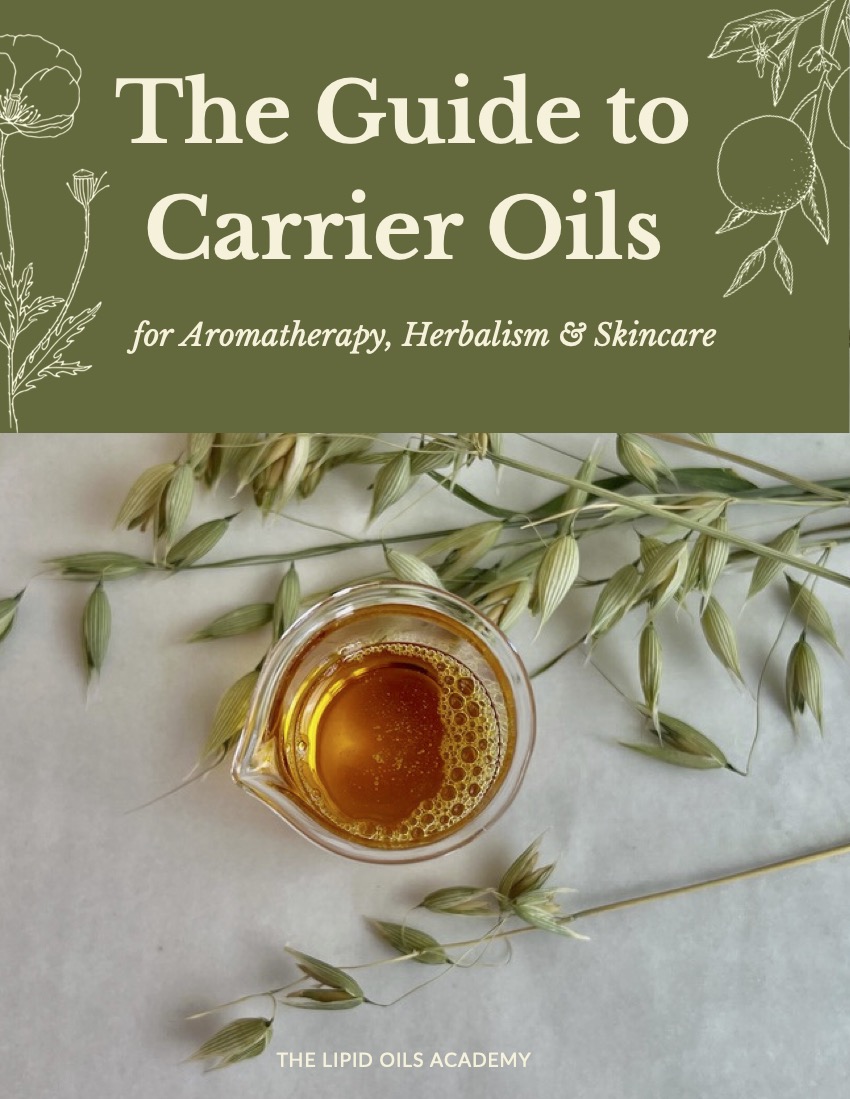Camellia seed oil, Camellia sinensis, from the tea plant, emits the faintest hint of florals and grass, but is otherwise scentless. This very light oil penetrates quickly without leaving an oily feel on the skin. Camellia oil comes from the seeds produced by Camellia oleifera or Camellia sinensis, the same family of plants that green and black teas come from.
Note: This is a very different botanical tree/shrub than the similar sounding ti tree or, tea tree, aromatic essential oil is produced from.
Used topically, camellia seed oil delivers vitamin A, B, C and E to the skin along with monounsaturated oleic acid. Similar to its leaves and tea products, the oil is high in tannins that help control excess oils in the skin. The tannins give the oil a dry feel that absorbs fairly quickly with out feeling greasy. Camellia oil lightly moisturizes and protects the skin from the environment. Plant polyphenols and healing compounds help repair scars as well as prevent its formation when used early after the skin has suffered damage.
With its naturally plant derived squalene and protective compounds camellia oil is also able to protect against damage from excess sun.
Camellia oil is ideal for use as:
cleansing oil
moisturizing oil
oily and youthful skin
scalp conditioner (it is said to promote hair growth)



Hi Susan!
Just started reading your book “Power of the Seed” and I’m loving it! I have a couple of questions about camellia oil though.
Where does ‘camellia japonica’ come into this (I’ve heard that it’s superior to the others, but don’t know if that’s true). And can ‘camellia japonica’ be used at 100% on the skin? I’ve heard yes from some suppliers, and others recommend only up to 40%. Would love some clarification on this. Thank you!